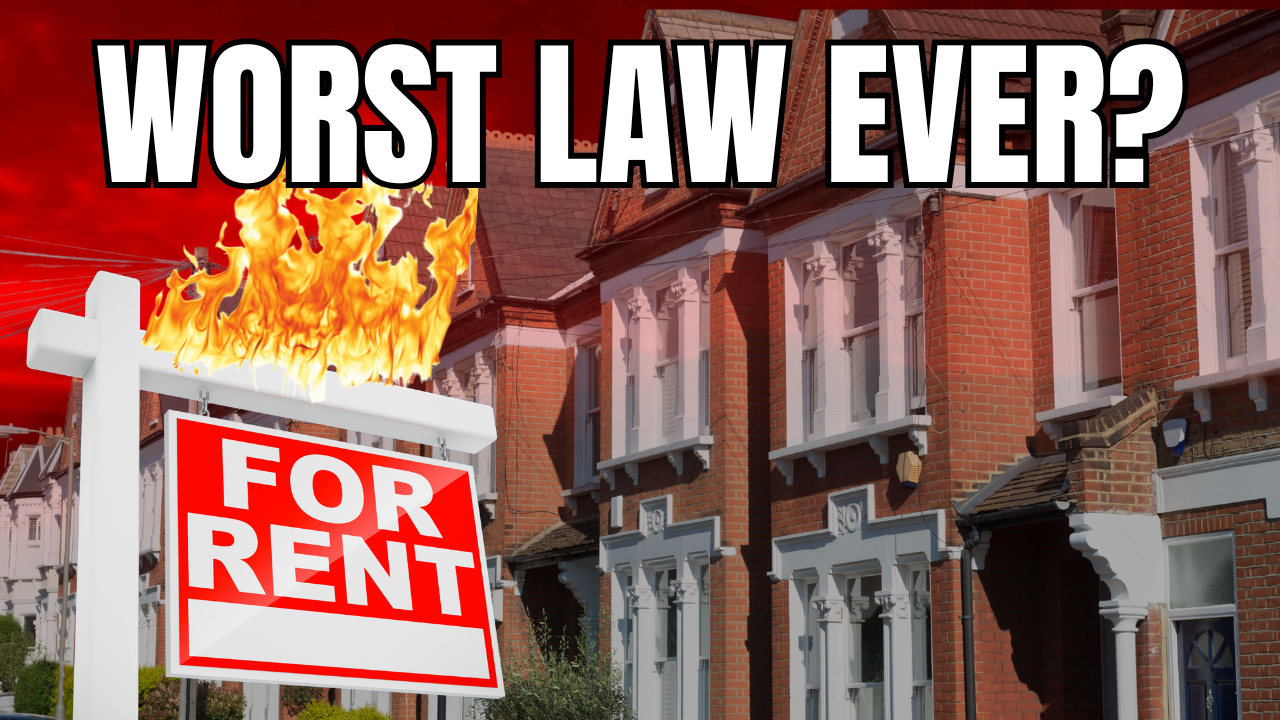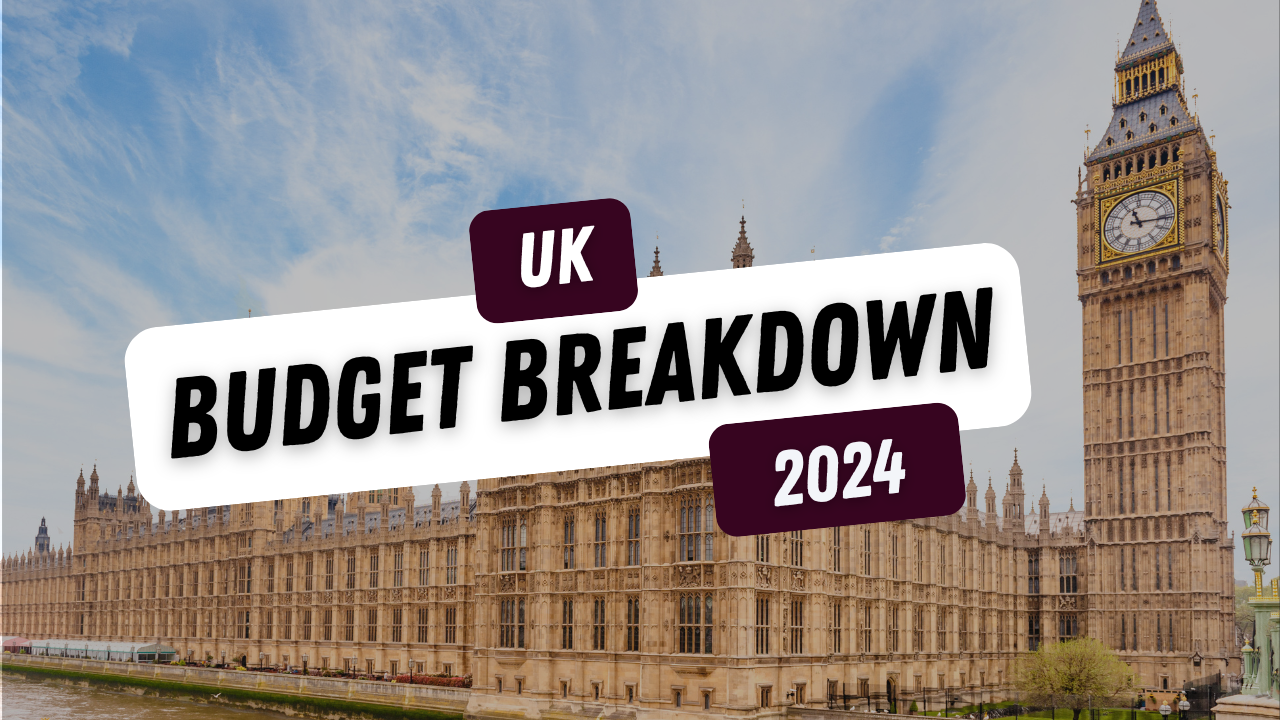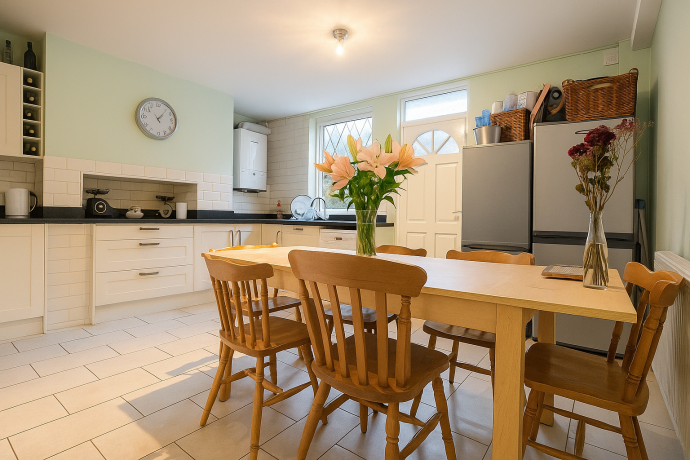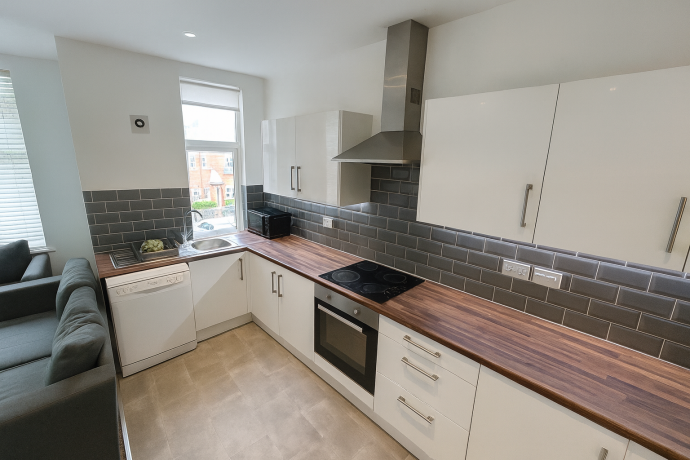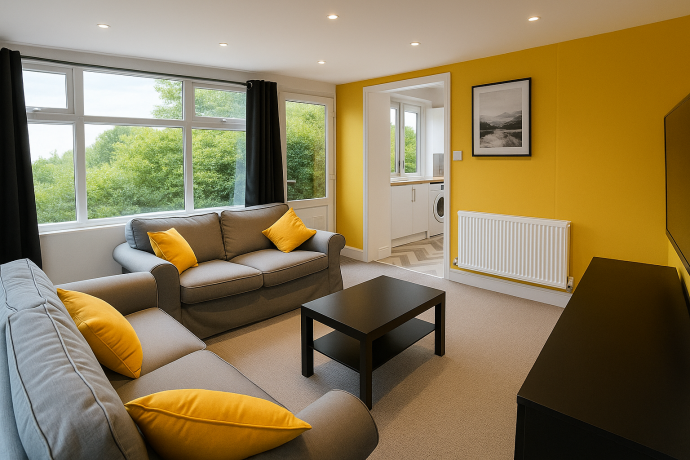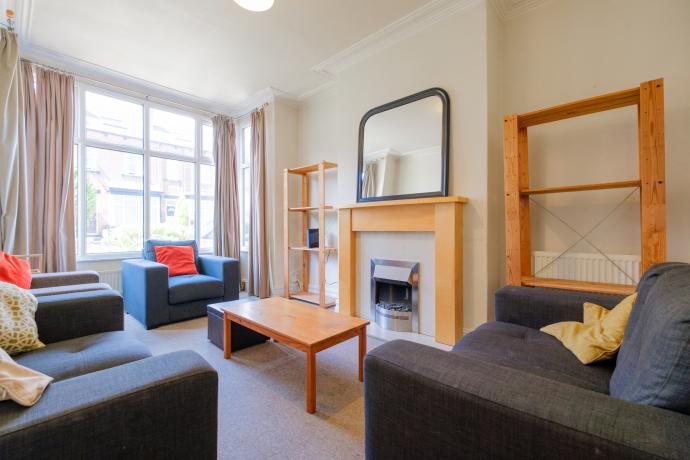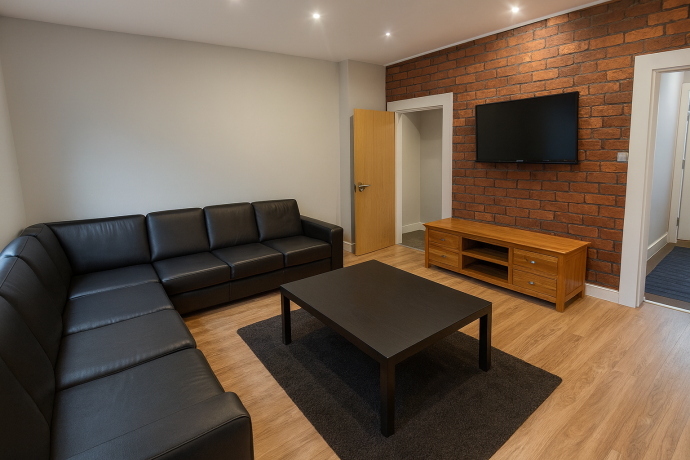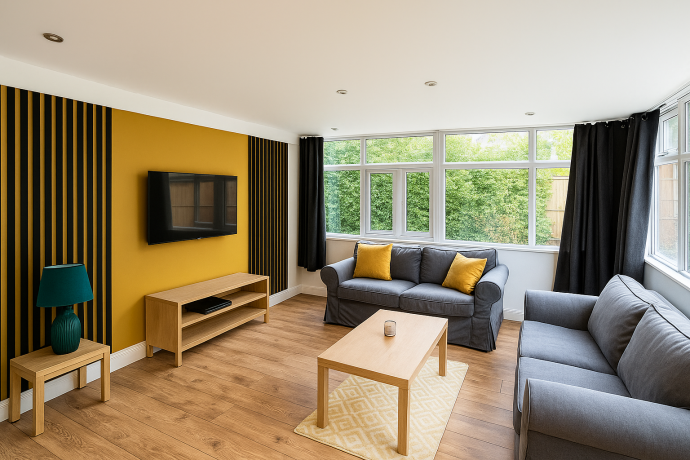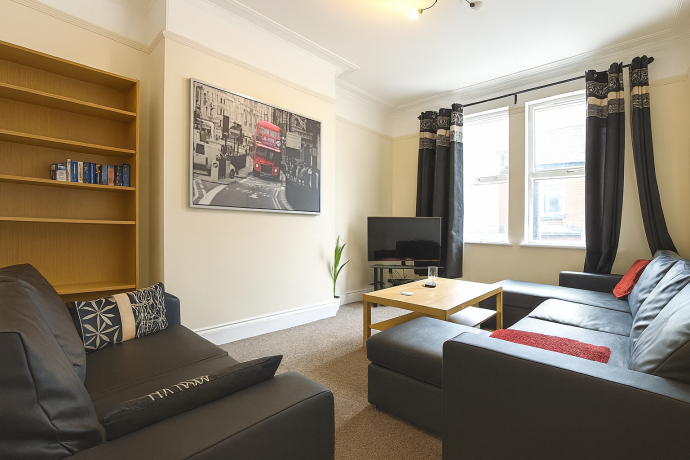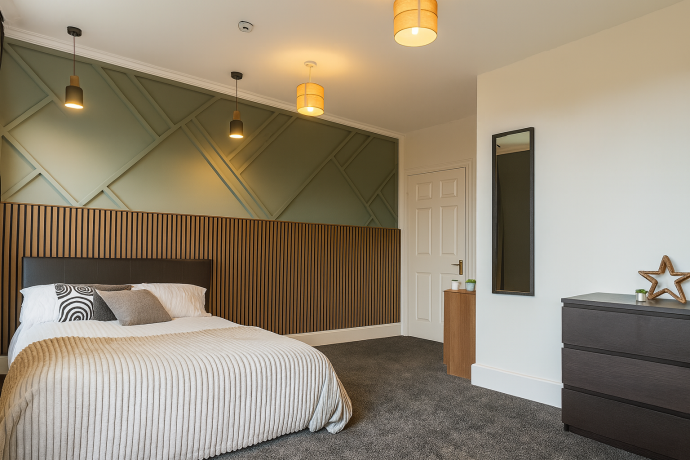
As responsible landlords know, the Smoke and Carbon Monoxide Alarm Regulations came into force on 1 October 2015 for all private rented accommodation across England. Its aim, to reduce the risk of fire or carbon monoxide poisoning of tenants.
If it became law in October 2015 why are we writing about it almost two years later I hear you say? Well, firstly it never hurts to have your memory refreshed once in a while, but more importantly, we feel there's still confusion in some circles regarding a landlord's obligations and to that effect, we'd like to provide some clarity.
Do the regulations apply to my rented property?
The regulations are applicable to any residential landlord renting property in England where the fixed term tenancy or licence began on or after 1 October 2015. This will therefore cover the majority of short term tenancies across the country, however, there are exemptions as detailed below:
- A tenancy under which the occupier shares any accommodation with the landlord or a member of the landlord's family. There must be a sharing of an amenity which includes a toilet, personal washing facilities, a kitchen or a living room but excludes any reference to storage or access.
- A tenancy which is a long lease or which grants a right of occupation of the premises, i.e. for more than 21 years.
- Student halls of residence.
- Hostels
- Care homes
- Hospitals
- Accommodation relating to health care provision
Furthermore, the regulations do not extend to those tenancies created prior to 1 October 2015, whether or not the fixed term has expired and the tenancy is now operating on statutory periodic shorthold basis, as arises under Section 5 of the Housing Act 1988.
What are my legal responsibilities?
The bill requires all landlords (or their nominated agent) to ensure the following is carried out:
(i) A smoke alarm is installed on each storey of a property where there is a room used wholly (or partly) as living accommodation. The legislation considers all bathrooms, lavatories, halls or landings, as living accommodation;
(ii) A carbon monoxide alarm is equipped in any room of the premises which is used wholly (or partly) as living accommodation and contains a solid fuel burning combustion appliance such as a wood burning or open fireplace. This does not include gas or oil boilers;
(iii) Proper checks are made by or on behalf of the landlord to ensure that each prescribed alarm is in proper working order on the day the tenancy begins if it is a new tenancy. This is the date the tenant is entitled to take possession, whether or not they have moved in.
If the landlord is in breach the local authority may require the landlord to pay a penalty charge up to a maximum of £5,000.
Where do I have to install the detectors?
The regulations do not tell landlords where to place the alarms, instead, the guidance suggests the landlord follow the manufacturer's instructions which will typically be at head height between 1-3 meters away from the solid fuel burning source for carbon monoxide alarms and in a circulation point for smoke detectors.
What happens if I don't comply with the regulations?
Failure to adhere to the regulations will result in a remedial notice being served against you from the local housing authority. This will state the duties you are failing to comply with, as well as the required action you must take to remedy the issue. You will have 28 days from the date of service to either comply with the terms of the remedial notice, or make representations why you feel the notice is incorrect or unwarranted.
If you fail to comply with the notice terms, then the local authority must, if it has the necessary consent to do so, arrange for the required work to be undertaken within 28 days of consent being obtained from the occupier of the premises. Therefore if a local authority is also refused access by the tenant it cannot take the necessary steps itself.
If the landlord is in breach the local authority may require the landlord to pay a penalty charge up to a maximum of £5,000. It has discretion whether or not to impose this charge. If it intends to impose a charge it must serve a penalty charge notice within six weeks from when it is first satisfied that a breach has occurred. A right to make representations against the penalty notice is given and the local authority may reduce the charge for prompt payment.
How do I appeal against a penalty charge?
You can make an appeal to the First Tier Tribunal on the following grounds:
- The local authority has made an error of fact or law
- The amount of penalty charge is unreasonable
- The decision to impose a penalty is unreasonable for any other reason
The payment of the penalty is suspended pending any appeal.
Although the regulations are now firmly in place, a landlord should understand their obligations towards the health and safety of their tenants. As experienced property managers, we have been recommending much of the above to our landlords long before the regulations came into force, and with that in mind are more than happy to answer any questions you may on the subject.


